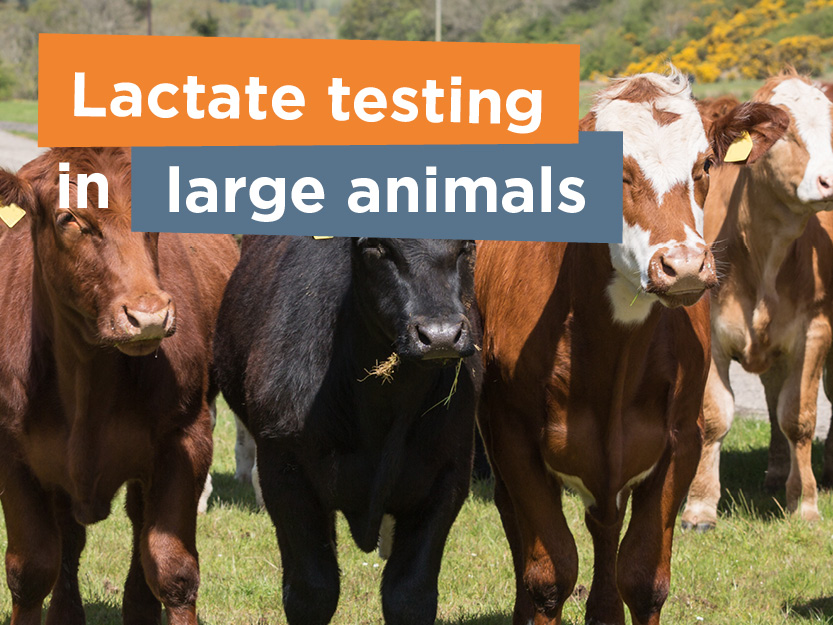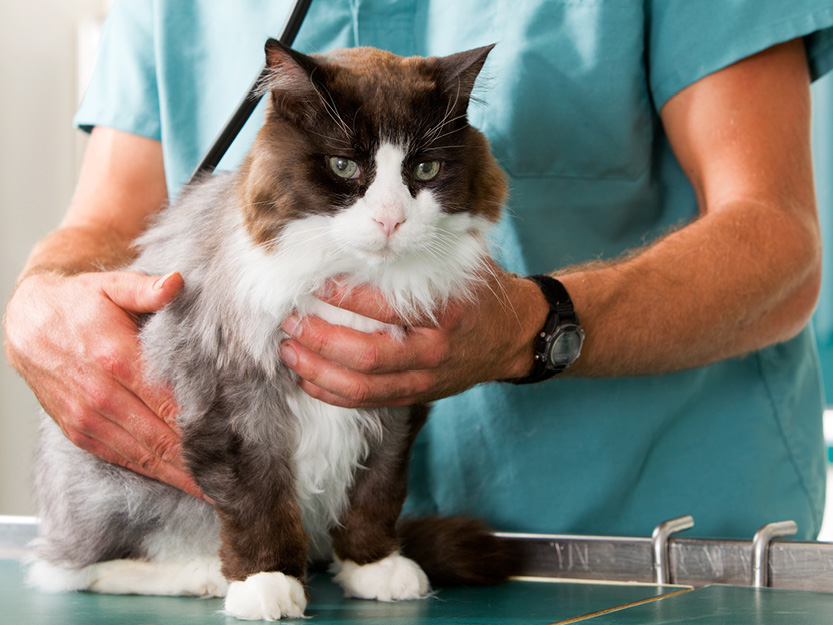
We have written a series of guides to help veterinary professionals understand more about Point-of-Care testing (POCT) for anemia and lactate measurement.
Find out more about the different methods for testing, the symptoms and their associated conditions, and understand how POCT can help vets provide a specialised service to their clients in the treatment of household pets, agricultual animals and also horse racing.
Whilst lactate is not diagnostic of any particular disease state, when taken in isolation as a single measurement, it is a useful tool in overall treatment decision making pathway and as a guide to morbidity and/or the need to monitor more closely specific patients.
Read more about lactate in veterinary practice.
Blood lactate levels during exercise are an indicator of anaerobic metabolism and provide an indicator of muscle exertion. The 'switch' from aerobic to anaerobic metabolism and the ability to maintain steady state lactate levels at any given exercise intensity is of greatest interest in the conditioning of equine athletes.
Read more about lactate testing in equine sport.

The measurement of lactate in large animals has a number of valuable applications. A handheld lactate analyser provides veterinarians and farmers with quick and reliable results without leaving the animal’s side, whatever its location and allows for rapid treatment decisions to be made.
Read more about why lactate testing in large animals is important.
The measurement of lactate concentration in small animals can be used to establish the severity of an underlying disorder, monitor response to therapy and predict outcomes. A normal lactate value (typically under 2.0 mmol l-1) in dogs is a far better predictor of survival than a high lactate value is of morbidity or death. The Lactate Scout Vet handheld analyzer allows the veterinarian to obtain rapid, reliable results at the point of care and help to inform treatment decisions.
Read more about lactate testing in small animals.
Lactate analysis is frequently performed in the prognosis and diagnosis of a range of conditions and diseases in veterinary medicine. Traditionally, lactate has been measured from serum or plasma samples in the laboratory. However the Lactate Scout Vet handheld lactate analyzer allows for on-the-spot, Point-of-Care analysis and allows the opportunity to monitor whole blood lactate concentration in real-time.
Read more about reliable Point-of-Care lactate analysis in cattle.

Hemo Vet allows a veterinarian to quickly assess the Hb concentration of any subject in the clinic or in the field and enable rapid diagnosis of a particular disease state along with other clinical symptoms and initiate treatment.
Read more about hemoglobin testing in animals
Copyright © 2024 | Powered by Intergage

Please note: Not all products are available in all countries. Please check availability.
Newsletter
Keep up to date with all our activities, events, exhibitions, promotions, investor news & more.